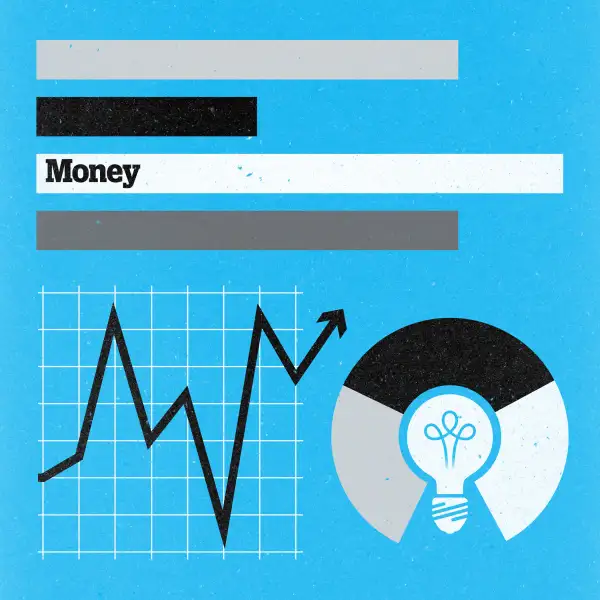When It's Risky to Be Conservative With Stocks
Money is not a client of any investment adviser featured on this page. The information provided on this page is for educational purposes only and is not intended as investment advice. Money does not offer advisory services.

Q: I'm 26 years old and have $100,000 invested in mutual funds, with 50% in stocks and 50% in bonds. Is this the right strategy for my age? — Oliver in Hillside, New Jersey
A: The right investment strategy is, ultimately, the one that makes the most sense for your goals, your risk tolerance, and your time horizon.
That said, if this money is for retirement, you should probably lighten up on the bonds given your age. “My recommendation for someone this age is to increase their stock exposure to up to 80% or 90% of the total portfolio,” says Brian Cochran, a certified financial planner with John Moore & Associates in Albuquerque, N.M.
If you’re wary of stocks, you’re not alone. “This is extremely common among people of this generation,” says Cochran. “Growing up during the financial crisis and recession seems to have left a bad taste in their mouths.” In a UBS Wealth Management survey published last year, in fact, millennials (people ages 21 through 36) reported having just 28% of their assets in equities – and a whopping 52% in cash.
Here’s the thing: Over the long term, it’s actually risky to be too conservative.
Historically, stocks have appreciated in the high single digits, says Cochran, and bonds have appreciated in the low single digits. With your allocation, that’s a difference of a couple percentage points a year, and it adds up. A $100,000 portfolio that appreciates 6% a year on average, for instance, would be worth about $600,000 in 30 years. One that grows 4% a year will end up at $331,000 or about half as much.
“The danger of a 50/50 allocation is that inflation could grow faster than a portfolio with that allocation,” says Cochran. “At 3% inflation, $1,000 today would be worth the equivalent of $412 in 30 years.”
And your time horizon may be even longer, possibly 40 years. “We’re preparing most clients in their 20s to retire around age 70,” says Cochran.
Meanwhile, after three decades of falling bond yields – which translates to rising bond prices – many experts warn that bond investors could actually lose money when interest rates finally move the other direction. “We don’t expect a lot of returns from bonds in the next two to three years,” he adds.
You can get a quick overview of where you should be using Bankrate.com’s asset allocation calculator.
If you have a retirement plan with a large brokerage, you should have access to some more robust planning tools, which will help you dial in that allocation in more detail.
If you’re still unsure, consider opting for a target-date retirement mutual fund that will allocate your assets based on your retirement age; you are probably looking at a 2060 target-date fund, says Cochran.
Alternatively, consider working with a fee-only financial planner to help you fine- tune your portfolio. In the end, these big-picture planning decisions carry even more weight than the individual stocks or funds you choose. Kudos to you for thinking about this now.